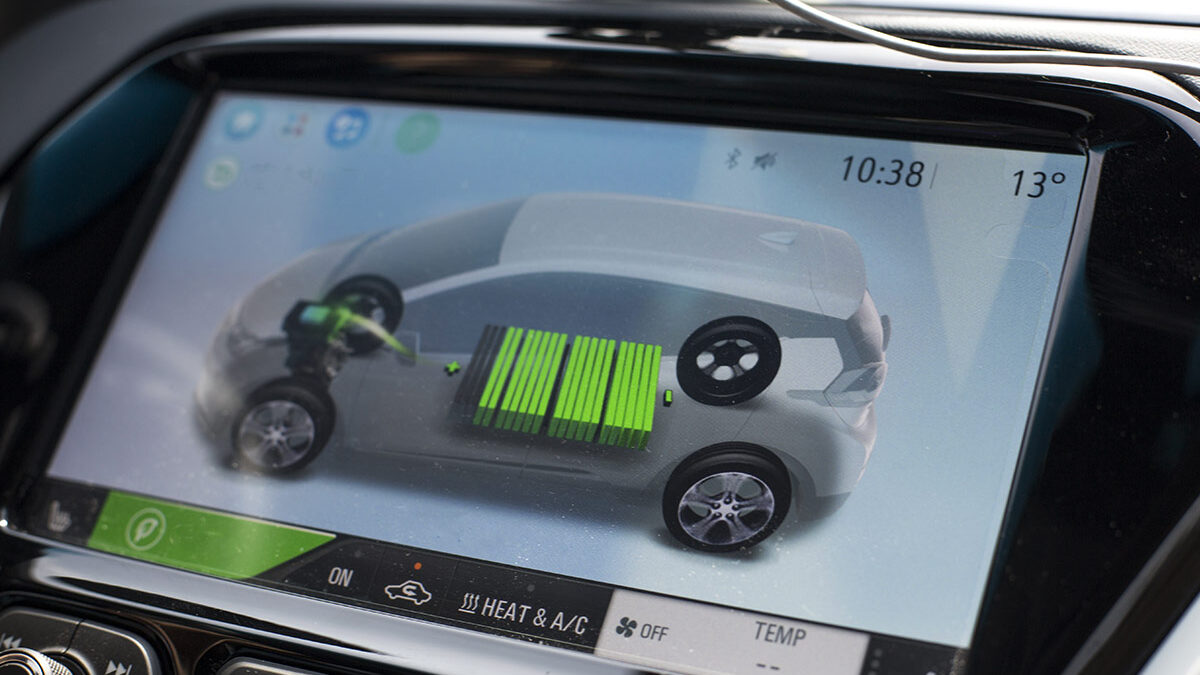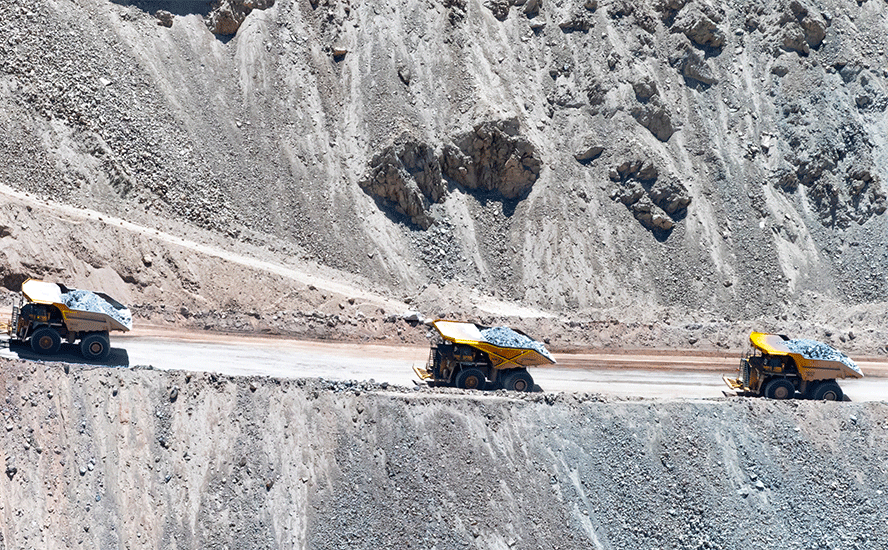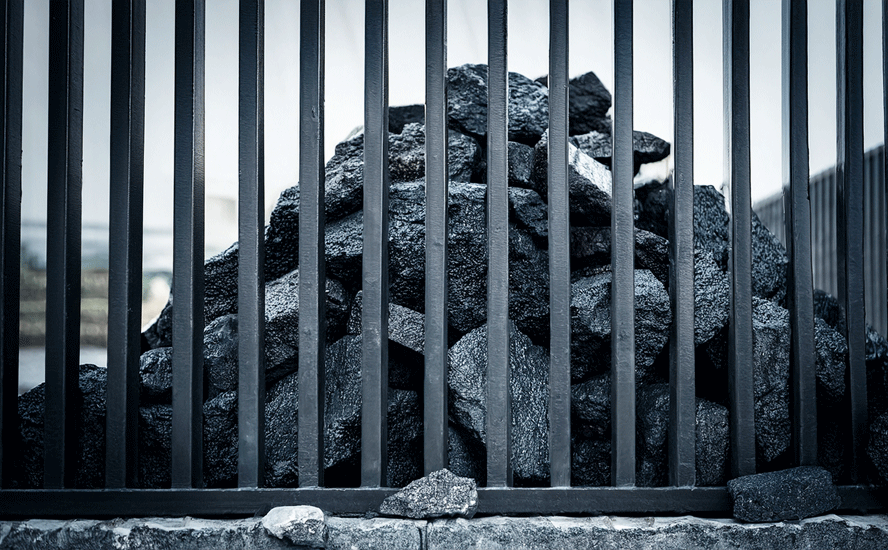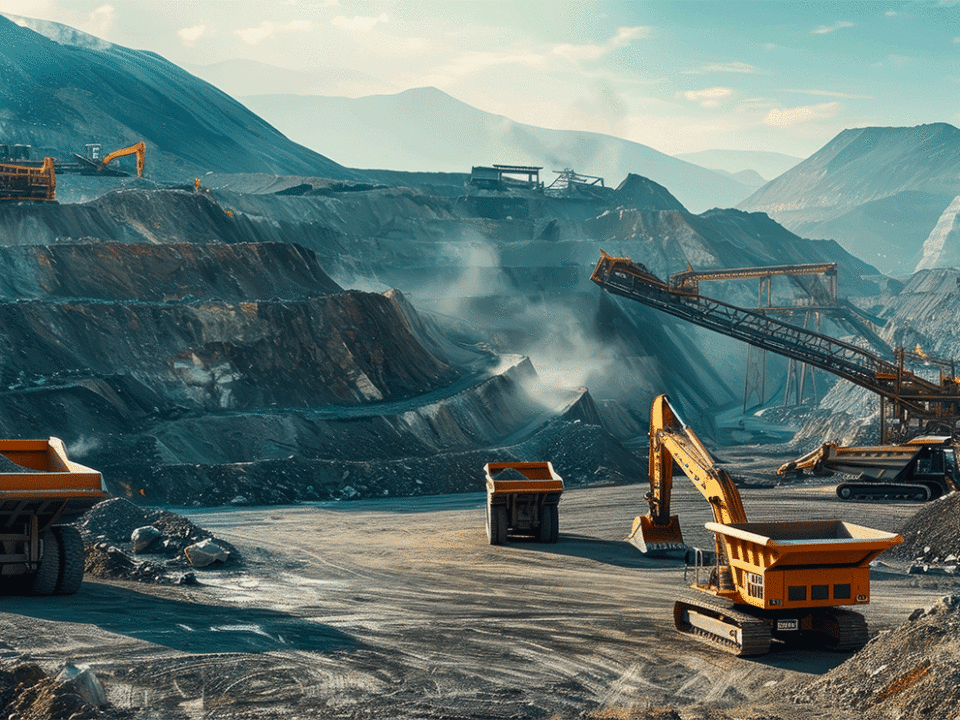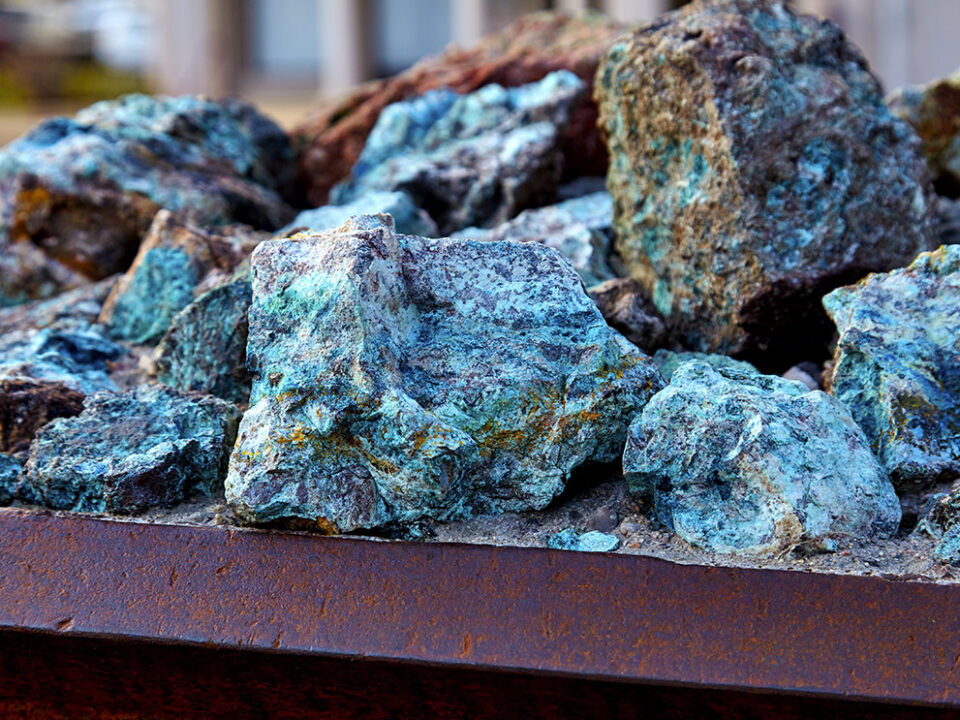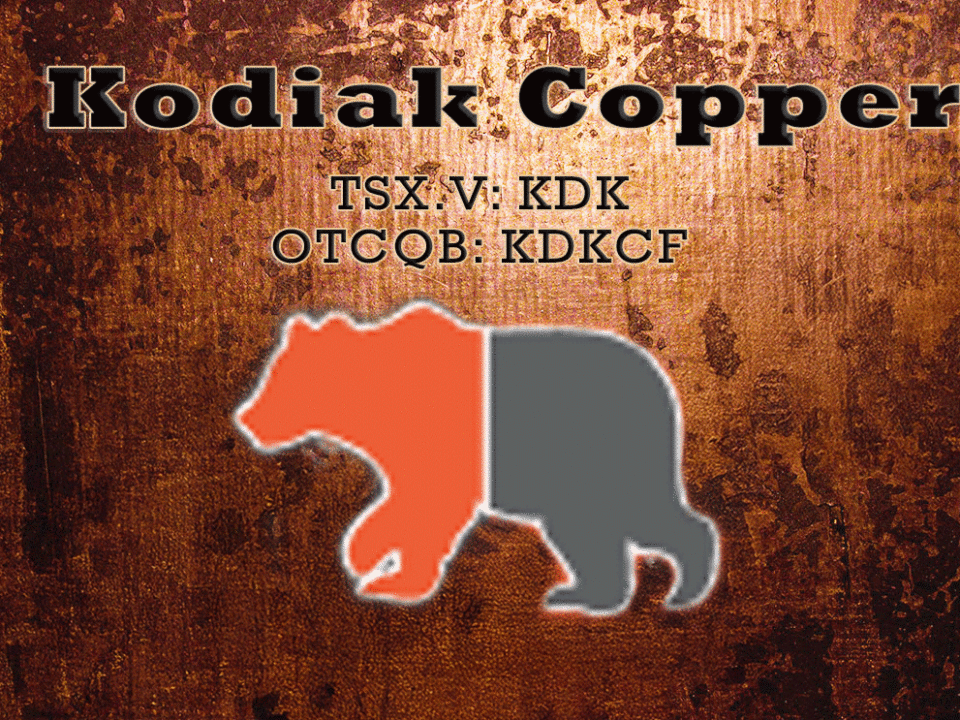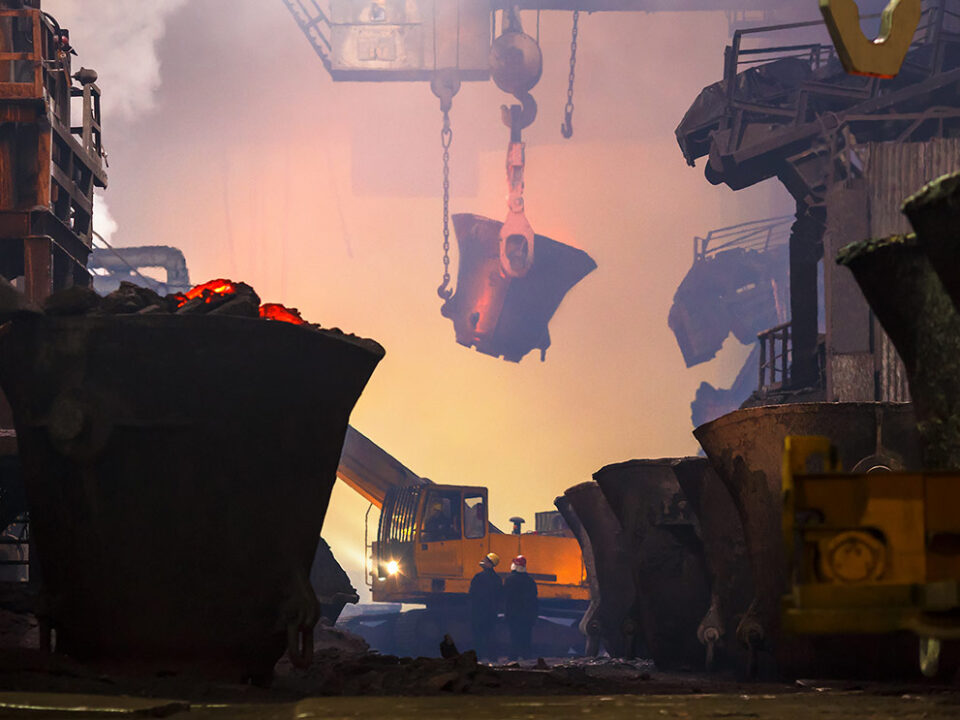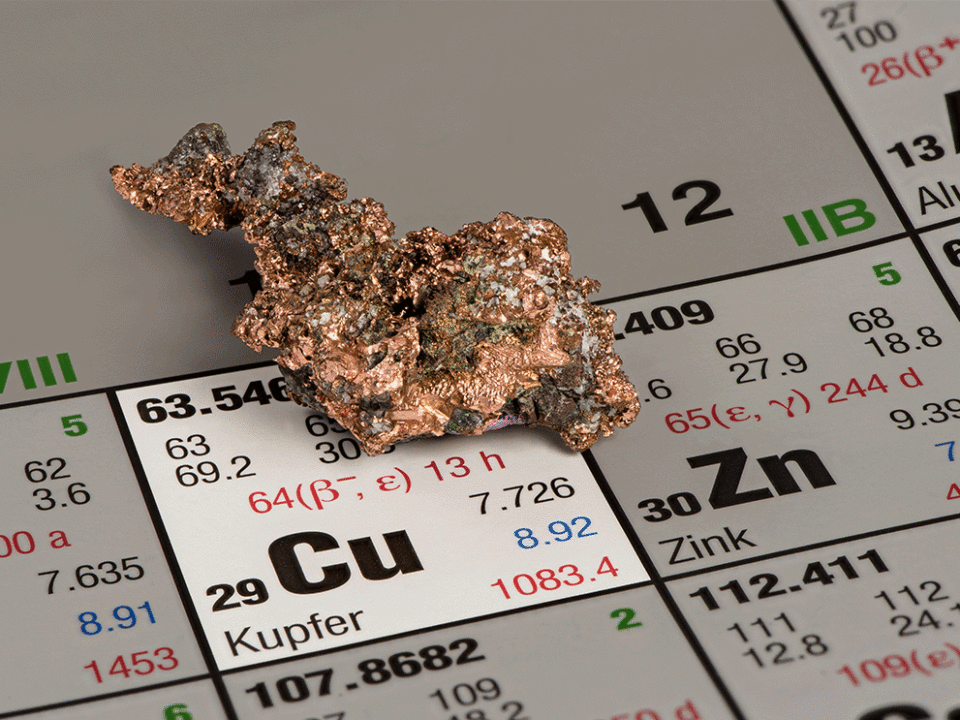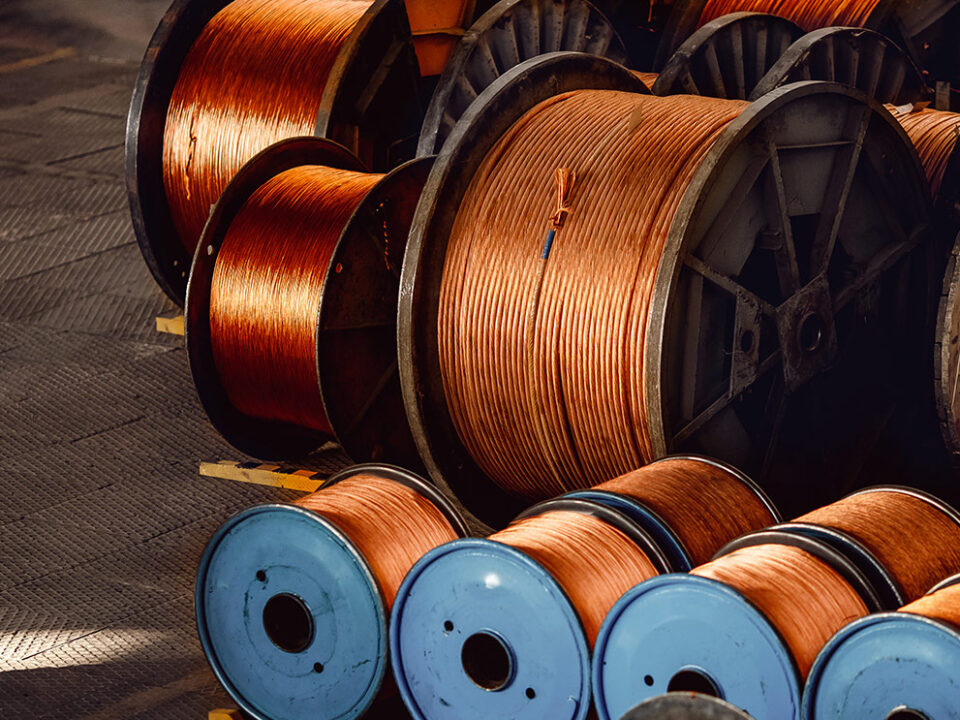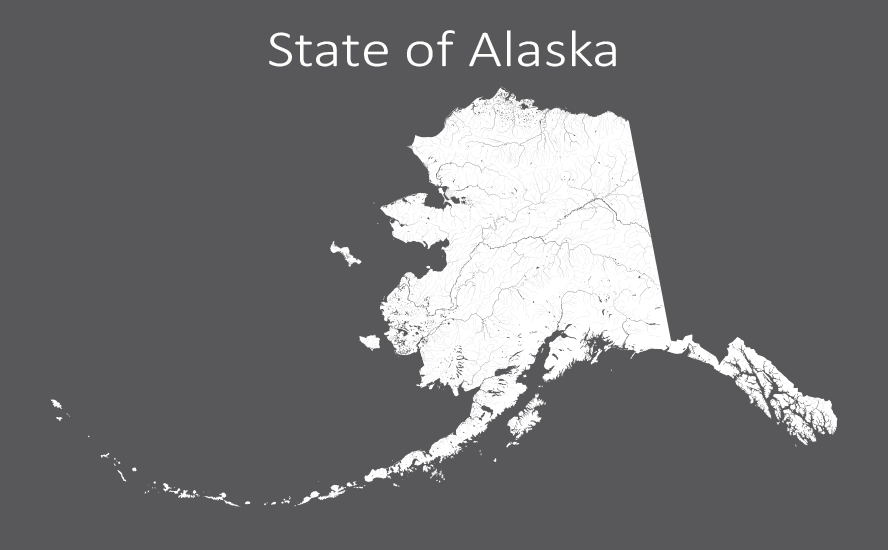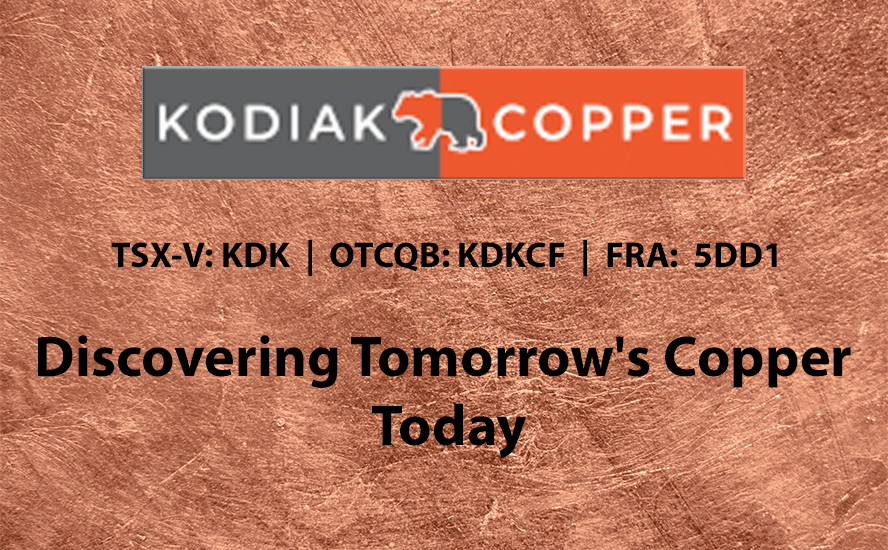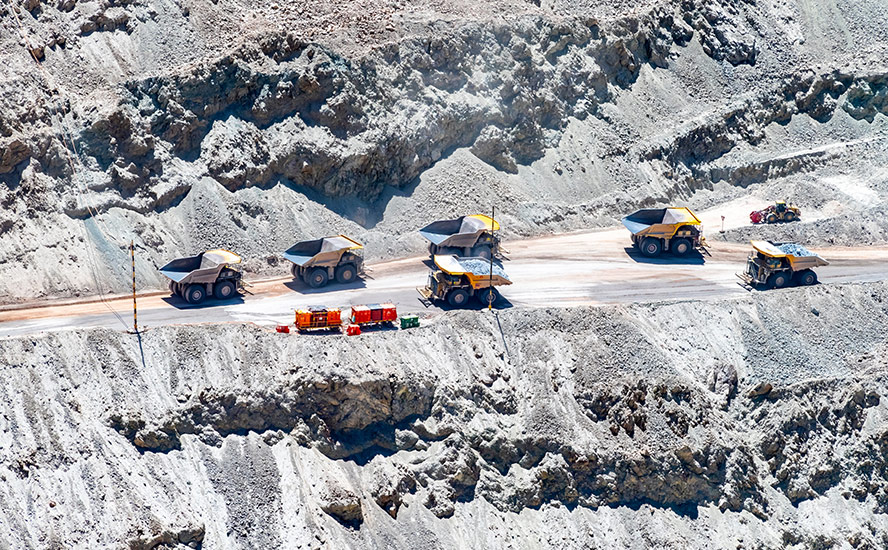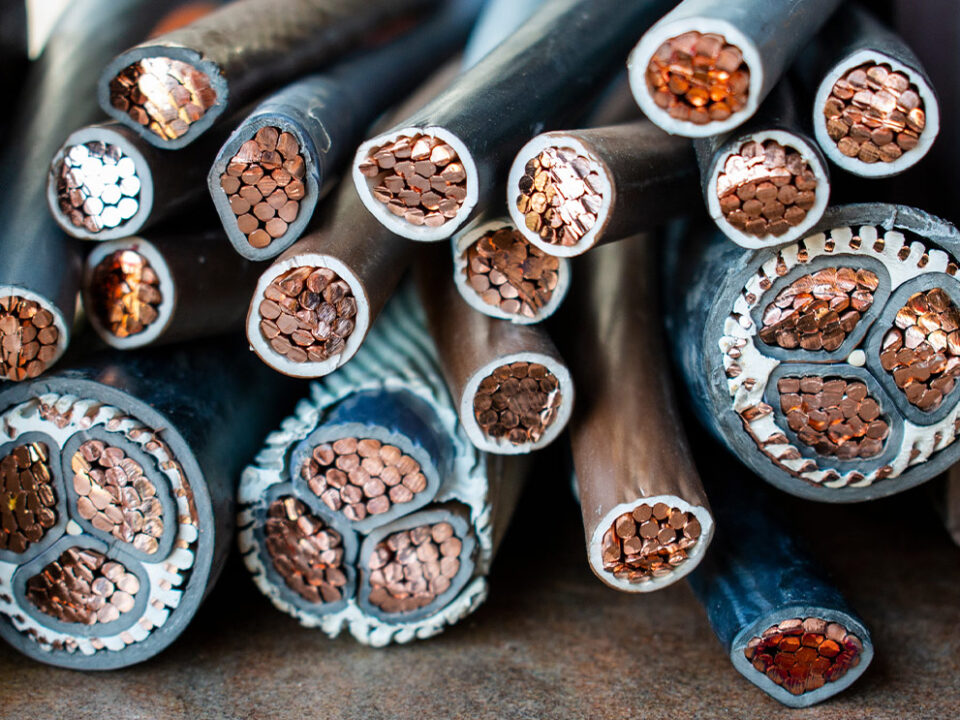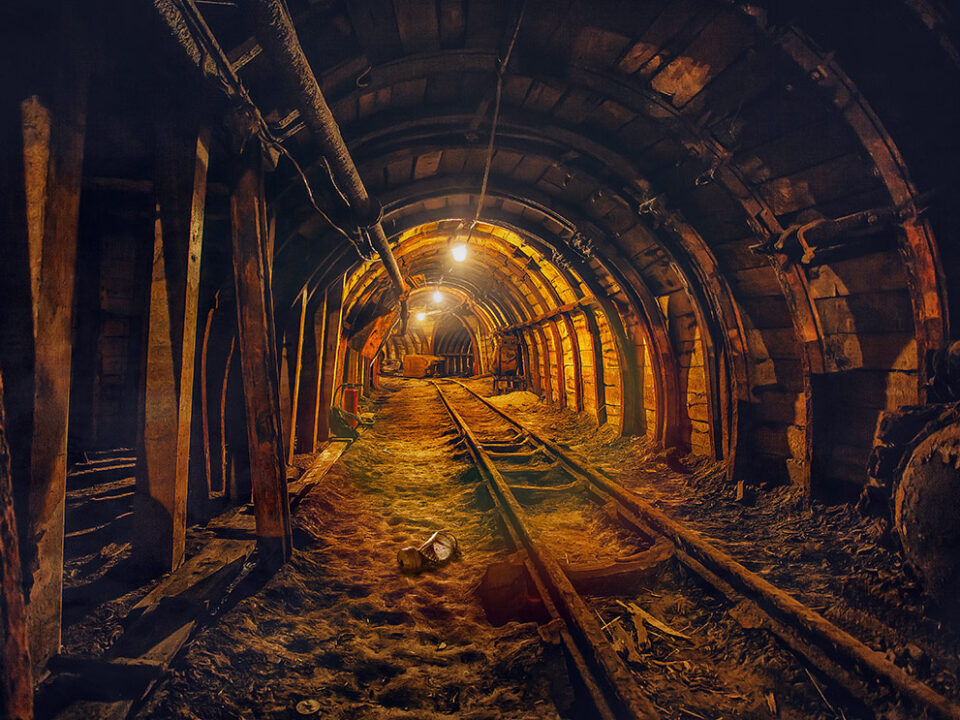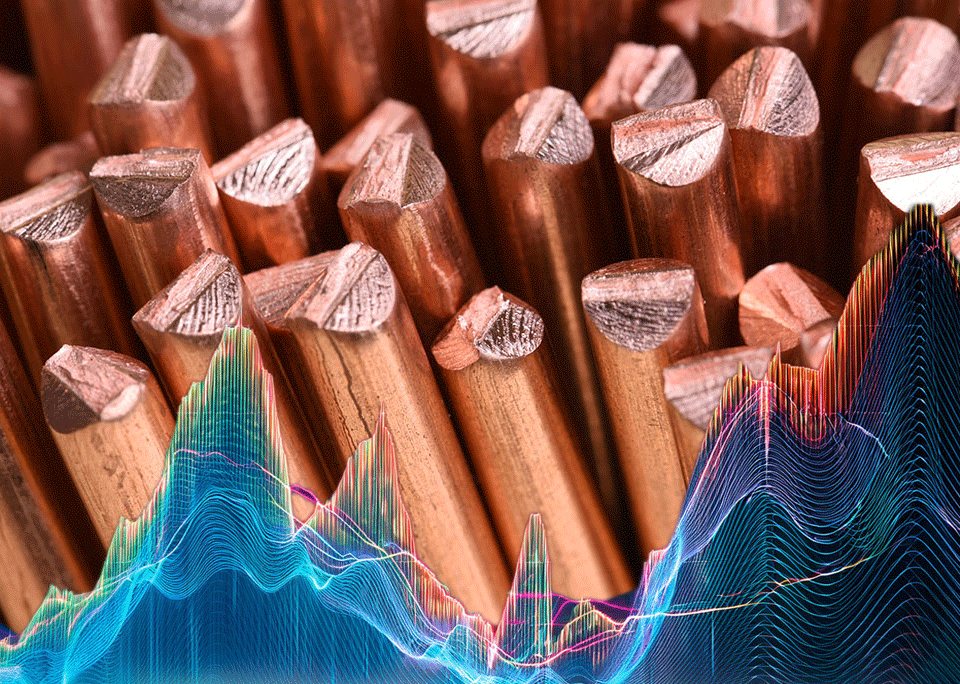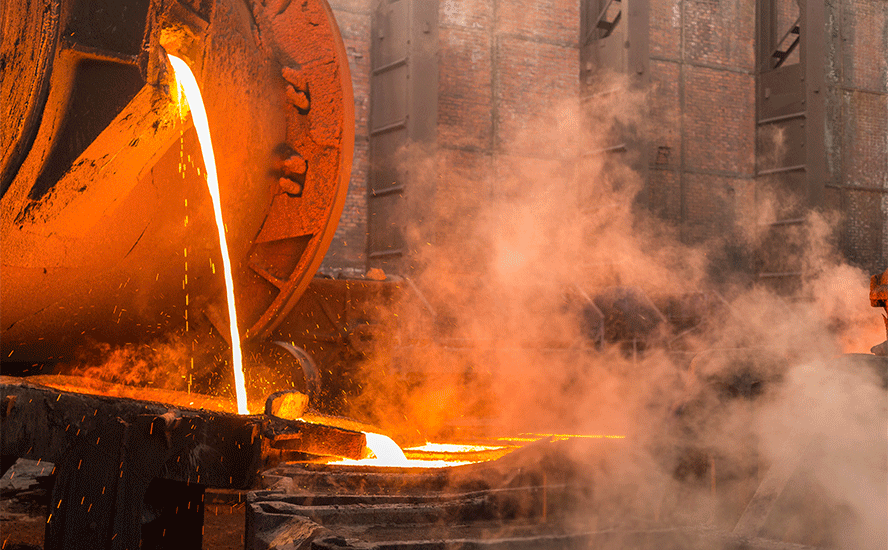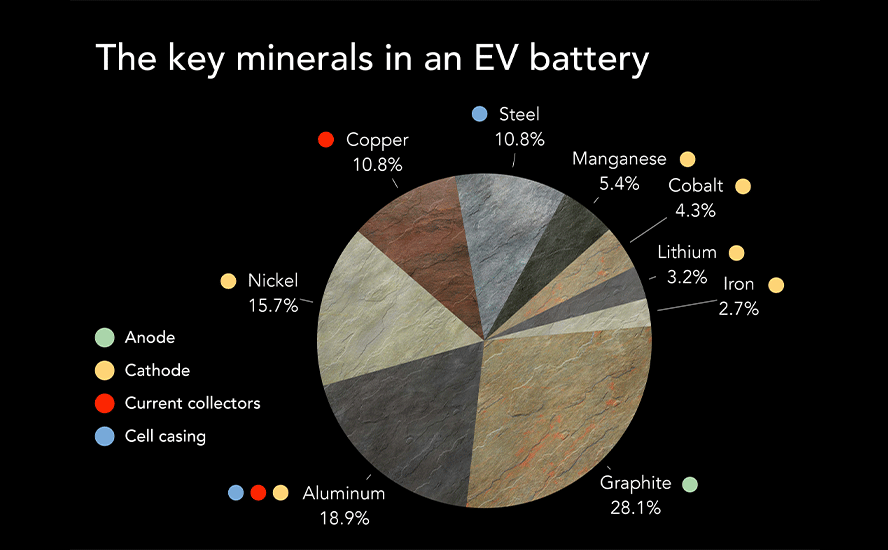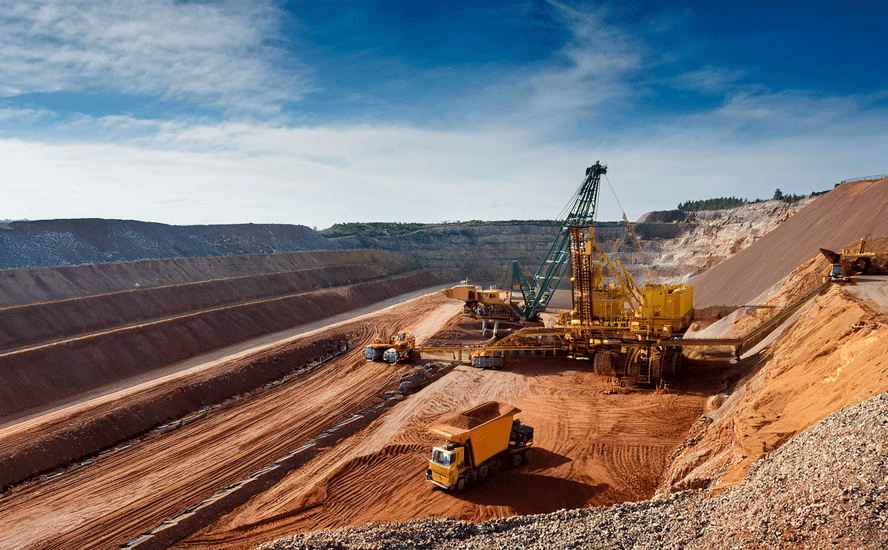Renforth’s spring drill program at Surimeau demonstrates analog to Finland’s Outokumpu polymetallic district, Talvivaara mine – Richard Mills
- Home
- Articles
- Metals Battery Metals
- Renforth’s spring drill program at Surimeau demonstrates analog to Finland’s Outokumpu polymetallic district, Talvivaara mine – Richard Mills
2023.06.22
Renforth Resources’ (CSE:RFR, OTCQB:RFHRF, FSE:9RR) Surimeau project in Quebec is a district-scale property hosting several areas prospective for gold/silver and battery/industrial metals (nickel, copper, zinc, lead, cobalt, lithium and manganese). It is located south of the Cadillac Break, a major regional gold structure.
For the better part of two years, Renforth’s exploration focus has been on the more advanced Victoria mineralized battery metals horizon and parts of the longer Lalonde horizon lying parallel to the north.

Victoria is a ~20-km-long magnetic structure bearing nickel, copper, zinc and cobalt mineralization at surface. It stretches between the Victoria West mineralization, which has been drilled over 2.2 km, and the Colonie mineralization, drilled and surface-sampled by Renforth in the eastern part of the property.
The Lalonde mineralization, ~3 km north of Victoria West, was only recently drilled by Renforth. This surface mineralized system, similar to Victoria, currently stretches over ~9 km of ground-truthed strike.
Both zones are about 250-500 meters thick, running east-west across the central portion of the property. The two systems are interpreted by the company as two arms of a fold, with the fold nose located off the property and to the east.
While the defined area of mineralization spans a total length of ~29 km, which by industry standards is a long distance to cover, this is still just a small portion of a district-scale property that remains underexplored.
Earlier this year, the Renforth team started to move farther out, drilling in an area about 4 km west of the Victoria structure where work first began on the property.

An airborne electromagnetic/magnetic survey interpreted the western end of Victoria as showing an interesting curvature, possibly representing folding which may have resulted in mineralized fluid entrapment.
As far as we know, the ~20 km Victoria trend consists of ultramafic flows intercalated with graphitic mudstones, albite shears and calc-silicate rocks. The ultramafics and calc-silicates are what host most of the higher-grade nickel and cobalt mineralization, while the graphitic mudstones and albite shears host most of the higher-grade zinc and copper mineralization as sphalerite and chalcopyrite, respectively.
Surface sampling identified mineralization within the ultramafic rocks, with bands of calc-silicates typical of the Victoria system. Except for Renforth’s prospecting, the western end of Victoria had not been previously explored or drilled.
A six-hole drill program was carried out in March/April, with each hole encountering graphitic mudstones hosting copper, zinc and nickel. These holes were drilled over an approximate 700-meter strike length.

The main finding of the drill program, as indicated by Renforth in a press release this week, is an increase in the frequency and thickness of the graphitic mudstone layers. Moreover, this mudstone is similar to the mineralization seen in the first holes drilled at Surimeau, about 6 km to the east, and it is also exposed at surface south of the previously drilled 2.2 km of Victoria strike.
Based on visuals and XRF readings, the mudstones deliver a consistent nickel value, along with higher levels of zinc and copper.
Importance of mineralized graphitic mudstones
Zinc-rich graphitic mudstones at Surimeau are characteristic of a VMS environment, some of which may host economic VMS mineralization. According to Renforth, the mudstone is in direct structural contact with the surrounding ultramafic bodies. Alteration of the ultramafics to calc-silicates along this contact is at times significant with widths of up to several meters. The calc-silicate-rich rock adjacent to the graphitic mudstones often host zinc and nickel, occurring as a significantly wider mineralized horizon in localized zones along strike. These wider mineralized areas are priority targets for ongoing exploration.
Renforth is looking at two examples of similar mineralization as models to guide its interpretation and exploration planning at Surimeau: the Outokumpu model and the Talvivaara mine, both in Finland.
Outokumpu District
Victoria’s geological setting includes graphitic shale, mafic and ultramafic rocks, a setting similar to the Outokumpu polymetallic district in eastern Finland.
Geologically speaking, Renforth’s Surimeau project is best described as a sulfide nickel magmatic sulfide deposit, juxtaposed with a copper-zinc massive sulfide deposit. The nickel-containing ultramafic orebody has been fused with the VMS deposit alongside it, giving it a unique geological flavor.
This style of mineralization is rare, however, it is known to occur in the Outokumpu District, where the deposits are formed by structural juxtaposition of two types of mineralization — magmatic nickel-copper-platinum group metals, and stratabound syngenetic zinc-copper VMS types. Additionally, in the Outokumpu mines, black graphitic schist hosts the deposits.
Mining from 1913 to 1988 exploited three major deposits — Outokumpu, Vuonos and Luikonlahti — with total production of around 50 million tonnes of ore containing 2.8% copper, 1% zinc, 0.2% cobalt, and minor amount of nickel and gold.
If Renforth can delineate a similar mix of metals, there is a good chance they can be mined as a single unit like at Outokumpu, and processed into separate concentrates.
The results from recent drilling support the Outokumpu model first proposed by Dr. James Franklin, Renforth’s technical advisor. This was based on initial 2020 drilling, which intersected significant mineralized graphitic mudstone in two of three holes, and follow-up 2021 drilling.
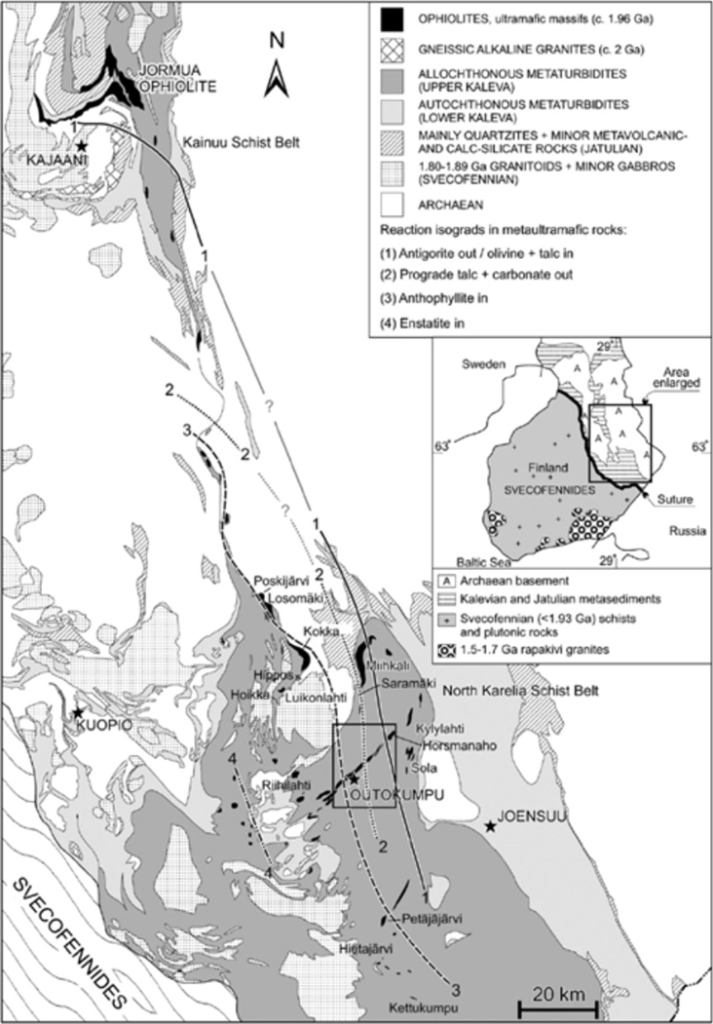
Talvivaara mine
The second mineralization model for Surimeau is Terrafame’s Talivaara mine, located just north of the Outokompu District. Hosting a billion tonnes of ore grading 22% nickel, 0.13% copper, 0.5% zinc and 0.02% cobalt, the operating Arctic mine contains 2.2 million tonnes of nickel, 1.3Mt of copper, 5Mt of zinc and 0.2Mt of cobalt.
A 2015 paper titled ‘The Talvivaara Black Shale Hosted Ni-Zn-Cu-Co Deposit in Eastern Finland’ summarizes the importance of black shales (including mudstones), stating:
“Because of their often-large extent, ancient black shale strata represent one of the most significant crustal reservoirs of organic carbon and sulfur, and potential resources of many metals, including so-called critical metals. In some cases, the metal concentrations of black shales can reach sufficiently high levels, generating an ore deposit.”
The paper also notes the geological settings between Outokumpu and Talvivaara and virtually indistinguishable:
“Characteristically, these deposits are polymetallic, such as the Paleoproterozoic Talvivaara Ni-Zn-Cu-Co deposit in Finland… a clear distinction between black shale-hosted deposits and volcanogenic massive sulfide (VMS) Cu-Zn-Pb-Ag-Au, sedimentary exhalative (SEDEX) Pb-Zn-Ag, or sediment-hosted epigenetic (Kupferschiefer, Katanga) Cu-Zn-Pb-Ag deposits cannot always be drawn, as the host rocks of these deposits may contain black shales influenced by migrating hydrothermal fluids (Coveney, 2003).”
While Renforth does not regard Talivaara as a direct analog to Surimeau, the company considers the mine important due to its eco-friendly operations and mineral processing methods.
The heap-leach mine extracts ore from two small open pits, producing nickel and cobalt sulfates for batteries. Terrafame states, “The main factor behind the small carbon footprint is our bioleaching method, which consumes considerably less energy than conventional methods. The ore does not need to be crushed nor grinded as fine as in the traditional process, and high temperature metallurgical processes are not used in further processing.”
Though Renforth is still in the early stages of proving Surimeau is a deposit of economic value, the company sees the related deposit type at Outokumpu, and the possibly related deposit type at Talvivaara, along with the latter’s “green” operations, as an inspiration for Surimeau’s future.
Upcoming activities
Due to wildfires, Renforth is currently unable to get into the field, and is proceeding with several desktop-based exercises for Surimeau.
Previously announced pegmatite exploration south of the Victoria mineralized structure should start mid-July, with news about more lithium targets than the initial three expected to be press-released.
Renforth has also commenced modeling the central Victoria area, where the most work has been completed, to determine whether an initial resource can be calculated over this limited area.
“Our various efforts are ongoing and will now incorporate the mineralized graphitic mudstone as an exploration target, along with the mineralized ultramafic and shear zone settings,” the June 20 press release concludes.
Conclusion
Renforth’s revelation that its Surimeau battery metals project has a mineralized signature similar to that of the Outokumpu District in Finland and the nearby Talvivaari mine, is great news for shareholders.
The latest six-hole drill program showed an increase in the frequency and thickness of the graphitic mudstone layers. Moreover, this mudstone is similar to the mineralization seen in the first holes drilled at Surimeau, about 6 km to the east, and it is also exposed at surface south of the previously drilled 2.2 km of Victoria strike.
Based on visuals and XRF readings, the mudstones deliver a consistent nickel value, along with higher levels of zinc and copper.
Zinc-rich graphitic mudstones at Surimeau are characteristic of a VMS environment, some of which may host economic VMS mineralization.
From previous research, we know that VMS deposits contain mostly base metals and may have lesser amounts of precious metals such as gold, silver and platinum. They are often major sources of zinc, copper and lead, with gold and silver by-products.
VMS deposits consist of a massive or semi-massive stratabound sulfide lens. Most are underlain by a sulfide-silicate stockwork vein system. Individual massive sulfide lenses can be over 100 meters thick, tens of meters wide, and hundreds of meters in strike length. VMS deposits range from 200,000 tonnes to >150 million tonnes and most often occur in clusters.
VMS deposits are estimated to have supplied over 5 billion tonnes of sulfide ore. They currently account for 22% of the world’s zinc production, 9.7% of the lead produced, 6% of copper, 8.7% of silver and 2.2% of gold.
I’m expecting plenty of news flow from Renforth over the coming weeks, as the company gets out in the field to prospect for lithium-bearing pegmatites, the mineralized graphitic mudstone becomes an exploration target, and resource modeling begins at central Victoria.
Renforth Resources
CSE:RFR, OTCQB:RFHRF, FSE:9RR
Cdn$0.025; 2023.06.21
Shares Outstanding 326m
Market cap Cdn$5.2m
RFR website
Richard (Rick) Mills
aheadoftheherd.com
subscribe to my free newsletter
Legal Notice / Disclaimer
Ahead of the Herd newsletter, aheadoftheherd.com, hereafter known as AOTH.
Please read the entire Disclaimer carefully before you use this website or read the newsletter. If you do not agree to all the AOTH/Richard Mills Disclaimer, do not access/read this website/newsletter/article, or any of its pages. By reading/using this AOTH/Richard Mills website/newsletter/article, and whether you actually read this Disclaimer, you are deemed to have accepted it.
Any AOTH/Richard Mills document is not, and should not be, construed as an offer to sell or the solicitation of an offer to purchase or subscribe for any investment.
AOTH/Richard Mills has based this document on information obtained from sources he believes to be reliable, but which has not been independently verified.
AOTH/Richard Mills makes no guarantee, representation or warranty and accepts no responsibility or liability as to its accuracy or completeness.
Expressions of opinion are those of AOTH/Richard Mills only and are subject to change without notice.
AOTH/Richard Mills assumes no warranty, liability or guarantee for the current relevance, correctness or completeness of any information provided within this Report and will not be held liable for the consequence of reliance upon any opinion or statement contained herein or any omission.
Furthermore, AOTH/Richard Mills assumes no liability for any direct or indirect loss or damage for lost profit, which you may incur as a result of the use and existence of the information provided within this AOTH/Richard Mills Report.
You agree that by reading AOTH/Richard Mills articles, you are acting at your OWN RISK. In no event should AOTH/Richard Mills liable for any direct or indirect trading losses caused by any information contained in AOTH/Richard Mills articles. Information in AOTH/Richard Mills articles is not an offer to sell or a solicitation of an offer to buy any security. AOTH/Richard Mills is not suggesting the transacting of any financial instruments.
Our publications are not a recommendation to buy or sell a security – no information posted on this site is to be considered investment advice or a recommendation to do anything involving finance or money aside from performing your own due diligence and consulting with your personal registered broker/financial advisor.
AOTH/Richard Mills recommends that before investing in any securities, you consult with a professional financial planner or advisor, and that you should conduct a complete and independent investigation before investing in any security after prudent consideration of all pertinent risks. Ahead of the Herd is not a registered broker, dealer, analyst, or advisor. We hold no investment licenses and may not sell, offer to sell, or offer to buy any security.
Richard owns shares of Renforth Resources CSE:RFR. RFR is a paod advertiser on his site aheadoftheherd.com. This article is issued on behalf of RFR
Legal Notice / Disclaimer
Ahead of the Herd newsletter, aheadoftheherd.com, hereafter known as AOTH.Please read the entire Disclaimer carefully before you use this website or read the newsletter. If you do not agree to all the AOTH/Richard Mills Disclaimer, do not access/read this website/newsletter/article, or any of its pages. By reading/using this AOTH/Richard Mills website/newsletter/article, and whether you actually read this Disclaimer, you are deemed to have accepted it.

